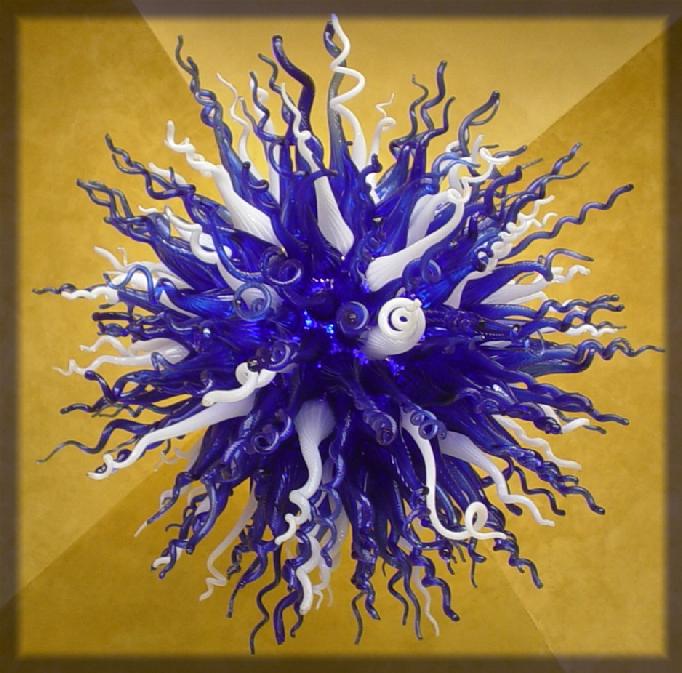Introduction:
Glassblowing is a glass forming technique which was invented by the Phoenicians at approximately 50 BC. The evidence of the earliest glassblowing were found from waste of an old glass workshop, which were mainly findings of fragrance glass tubes and tiny glass bottles, thought to be used for religious waters and oils. The studio glass movement of 1962 began the popularity of glass blowing as an art. This is when Harvey Littleton, a ceramics professor, and Dominick Labino, a chemist and engineer, held workshops at the Toledo Museum of Art, where they started experimenting with melting glass in a small furnace and creating blown glass art.
Discovery:
A major breakthrough in glassmaking was the discovery of glassblowing, between 27 BC and AD 14, attributed to Syrian craftsmen from the Sidon-Babylon area. The long metal tube used to blow the glass has changed very little since then, so the techniques need to blow glass is relatively the same, and if anything has just gotten easier as the time as gone on. In the last century BC, the ancient Romans then began blowing glass inside moulds, greatly increasing the variety of shapes possible for hollow glass items. Although glass blowing can be a dangerous task, many people enjoy the beautiful and unique products from them, making it a skill many people are passionate about.
Inventor:
Dominick Labino was an internationally-known scientist, inventor, artist and master craftsman in glass. Labino's art works in glass are in the permanent collections of more than 100 museums throughout the world. Dominick Labino was trained as an engineer at the Carnegie Institute of Technology and began his professional career in Illinois. Having always worked with glass, he wanted more ways he could produce creative pieces unlike any other. Dominick Labino then worked with Harvey Littleton and worked with mastering of melting glass for some time, he then had the idea of glass blowing when he saw an air bubble trapped in a small piece of the melting glass. The two glass makers then greated a long metal device to help blow air into glass. This was now the start of glass blowing as an art.
Impact on the Human World:
Glass blowing is an art that has been loved by people for many years. From making this as small as ornaments and bottles, to major glass statues; glass blowing is adored by many artist. Any thing that adds something new to the art industry is the main topic for discussion for some time, however with glass blowing since it has been around for sometime, it is always popular with art because of its unique and individual items.
Journal Review:



No comments:
Post a Comment